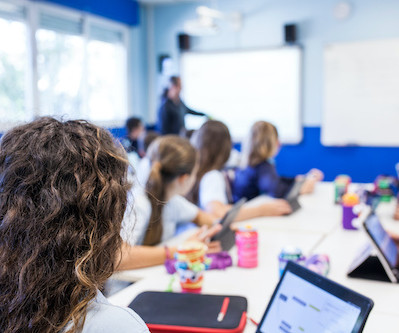5 FETC 2024 sessions that grabbed our attention
eSchool News
JANUARY 10, 2024
Plus, they’ll learn best practices and current trends to best leverage educational technology resources. Depth in learning comes from focusing on critical thinking, evaluation of information, and tapping into students’ intrinsic curiosity. The Magic of Merlyn: How AI Can Create wonders in Your Classroom?

















Let's personalize your content